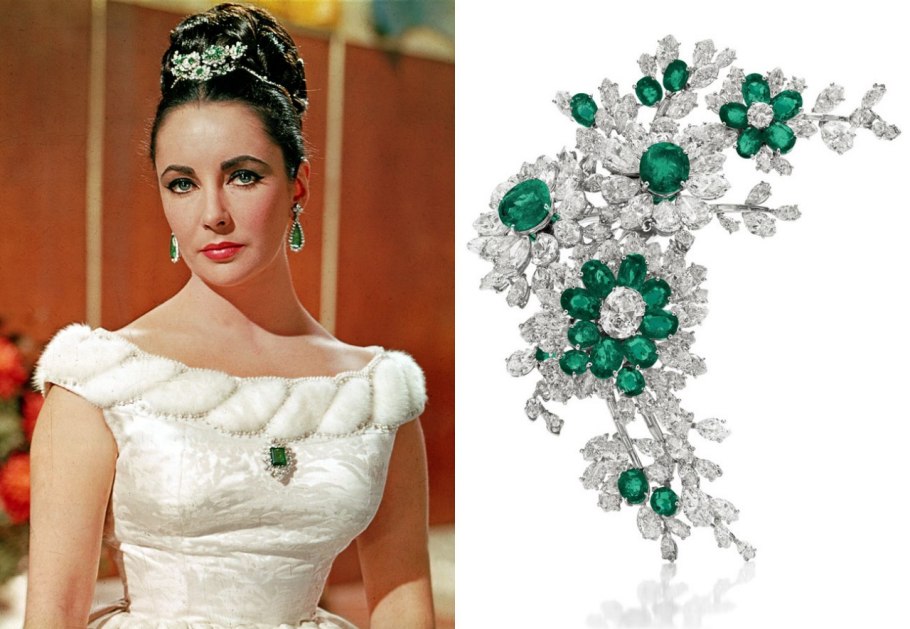Vintage jewelry seems to baffle people as much as, if not more than, vintage furs. And it has an even higher cargo of expectations about its value and emotional significance. Plus, who doesn’t like looking at shiny sparkly things? So: a post about vintage precious jewelry.
In my early 20s, I lucked out with a part-time job at a high-end jeweler. The jeweler was a kind and artistic man, and he told me about the pieces he made, the stones he used, and what was and wasn’t worth one’s dollar. I came away with a lifelong appreciation of jewelry. A month ago, I learned that he had died, which made me sad. So, this post is for you, Vaughn.
What Is Vintage Precious Jewelry?
Vintage precious jewelry = mid-Victorian to modern jewelry made with gold, silver, platinum, and precious stones, including pearl strands.
People often assume that all vintage precious jewelry was like Elizabeth Taylor’s jewels – they visualize spectacularly valuable pieces.
But there was a huge range of items, many of them for the mass market:

Left to right: rose gold bow/heart locket, 1940s diamond engagement ring, multi-stone bracelet, Victorian Bohemian garnet brooch, Art Nouveau amethyst and gold lavalier pendant.
These smaller pieces blend into the lives that 95% of us live without being overly formal or ostentanious. They can add vintage style to a contemporary outfit, and be the perfect finishing touch for a vintage or pin-up event.
Behind the cut: more information about jewelry economics, when you should and shouldn’t sell old jewelry, how to tell if metals and gems are precious, and what I learned working at that high-end jeweler.
